Immersing yourself in the world of betting involves studying strategies, numbers, and analytics, especially when it comes to totals predictions. Many may think that such an approach requires special skills, but in reality, it helps even beginners better understand how betting works. Totals are the key to analyzing matches, whether it’s football, hockey, or even tennis. Thorough analytics not only allows you to predict the outcome of a match but also understand how many goals or points will be scored.
What are totals predictions and why are they needed
Instead of trying to guess which team will win, players bet on the total. This means predicting the overall performance of the match: whether it will be over or under a certain number, for example, a total over 2.5 goals. Statistics show that in 55% of Premier League matches, more than two goals are scored, making such bets predictable with the right approach.

Historically, totals predictions emerged as a way to diversify gambling. It helps focus on overall indicators rather than drawing conclusions about specific match participants. Such decisions are popular not only in football but also in other sports such as basketball, hockey, and tennis, where game dynamics and point totals can change in a matter of minutes. For example, in the NBA, the average total points per game is around 220, making predictions more mathematically accurate.
How sports totals forecasting works: analysis and where to find information
 To conduct successful analysis, it is important to seek reliable sources of data. Sports statistics are the main tool for a forecaster. It is essential to consider the history of teams, their current form, the presence of injuries among key players, and even the weather, which can affect the game. For example, rain in football can significantly reduce the number of goals: in 70% of rainy matches, fewer than 2 goals are scored. While high humidity complicates tennis play, which can reduce the number of games won. Official sports websites, databases of past matches, and even analytics from professionals will help you make accurate predictions and analyze totals.
To conduct successful analysis, it is important to seek reliable sources of data. Sports statistics are the main tool for a forecaster. It is essential to consider the history of teams, their current form, the presence of injuries among key players, and even the weather, which can affect the game. For example, rain in football can significantly reduce the number of goals: in 70% of rainy matches, fewer than 2 goals are scored. While high humidity complicates tennis play, which can reduce the number of games won. Official sports websites, databases of past matches, and even analytics from professionals will help you make accurate predictions and analyze totals.
Predicting Performance
Understanding all the factors that can influence the final score is critical. The current form of the team, player motivation, playing at home or away — all of this affects the outcome. Statistics show that teams playing at home win in 60% of cases and also score 20% more goals. Forecasters need to consider not only quantitative data but also qualitative data, such as the team’s internal atmosphere and its recent successes.
Steps for successful analysis:
- Gathering statistics from past games (for example, the average total goals in the last 10 games was 2.8).
- Analysis of team dynamics and lineup (taking into account that in the absence of a key forward, the team scores 30% fewer goals).
- Forecasting the weather and its impact on performance (in 65% of rainy matches, there is a decrease in the number of goals scored).
Types of totals predictions in different sports
Totals predictions in football are one of the most popular types of bets. Football is known for its unpredictability, but overall goal indicators are subject to analysis. It is important to consider whether teams play attacking or defensive tactics, how often they score, and how they defend their goal. For example, clubs with strong defense often play low-scoring matches, with 65% of their games ending with a total of fewer than 2.5 goals. Attacking teams, such as “Manchester City,” provide exciting matches with a high number of goals, where the average total is 3.4.
Totals predictions in hockey require special attention to team dynamics. Hockey is a very fast-paced sport where the removal of one player can drastically change the entire picture. On average, 5.5 goals are scored per game in the NHL, but with a high number of penalties, this figure can rise to 7. Analyzing hockey matches, it is important to consider the form of goalkeepers, the number of penalties, and the percentage of power-play goals (on average, 20% efficiency).
Totals predictions in basketball focus on different aspects: here, the performance of specific players, their physical condition, and match tactics are important. In the NBA, the average total points per game is 220, but teams with good defense often keep this figure below 200.
Totals predictions in tennis require a deep understanding of the playing style of tennis players. For example, if one player prefers long rallies while another actively finishes points on serve, this directly affects the number of sets and games. Head-to-head matchups also play an important role — some players struggle against specific opponents. For example, in 70% of matches against strong servers, players who prefer long rallies lose with a higher number of sets, which increases the total.
Betting strategies for totals for beginners and experienced players
Over/under bets are one of the basic strategies for beginners. Here, players try to predict whether the number of goals, points, or sets will be over or under a certain value. It is important to consider the team’s form, home and away game statistics, and the current mindset of the athletes. Often, beginners make the mistake of relying on previous matches, but each new event is unique. For example, a team that has won the previous five games may unexpectedly lose if a key player gets injured — which happens in 25% of cases when leaders are injured.

Totals predictions for beginners require a special approach. The main rule is not to rush. Beginners often make mistakes trying to earn quickly. It is better to start with statistical analysis, try small amounts, and not bet on everything. It is important to remember that totals betting requires patience and an analytical approach.
Conclusion
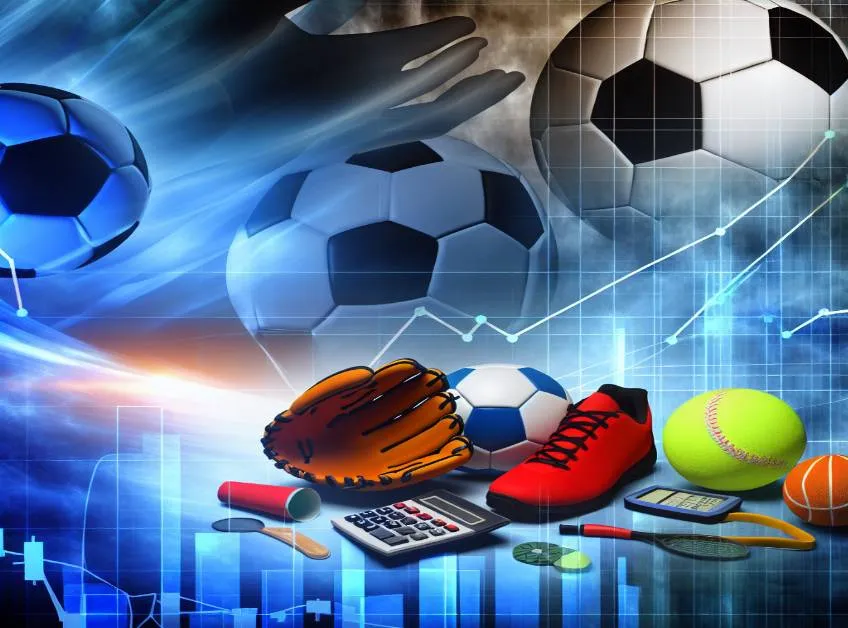 Totals predictions allow for a deeper understanding of sports and increase the chances of successful bets. The right approach to analysis, the use of quality statistics, and consideration of all factors influencing the match help make bets more predictable and meaningful. Patience and analysis lead to success. People who dedicate more than 2 hours to match analysis increase their chances of success by 30%. Try your hand using the tips provided and remember: betting is primarily about analysis and knowledge, not just chance.
Totals predictions allow for a deeper understanding of sports and increase the chances of successful bets. The right approach to analysis, the use of quality statistics, and consideration of all factors influencing the match help make bets more predictable and meaningful. Patience and analysis lead to success. People who dedicate more than 2 hours to match analysis increase their chances of success by 30%. Try your hand using the tips provided and remember: betting is primarily about analysis and knowledge, not just chance.

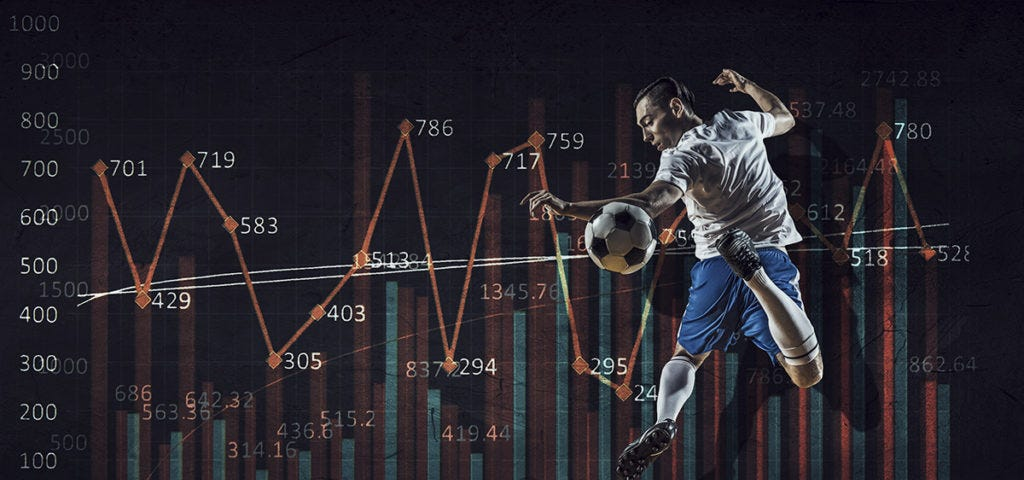
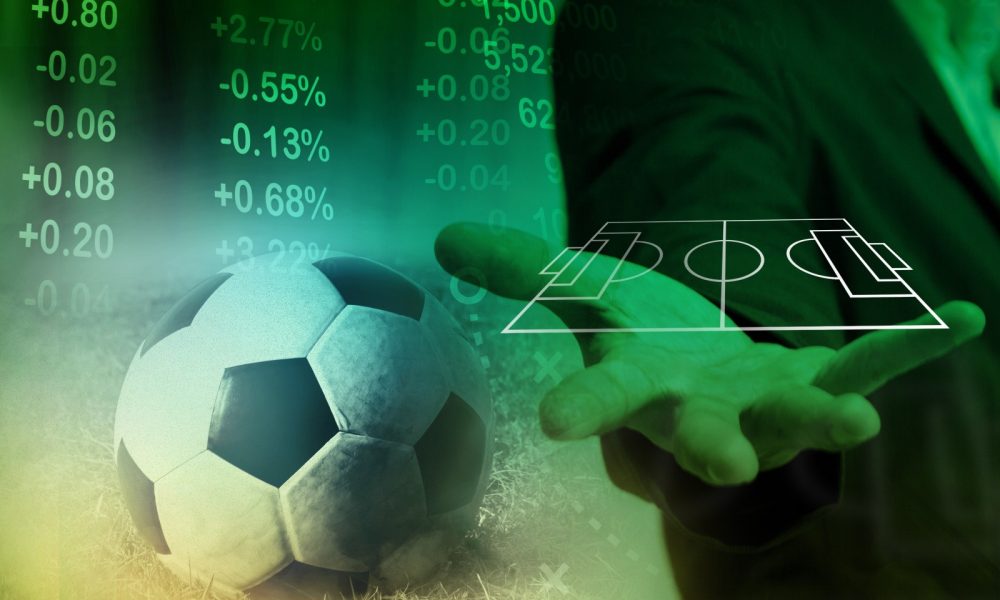






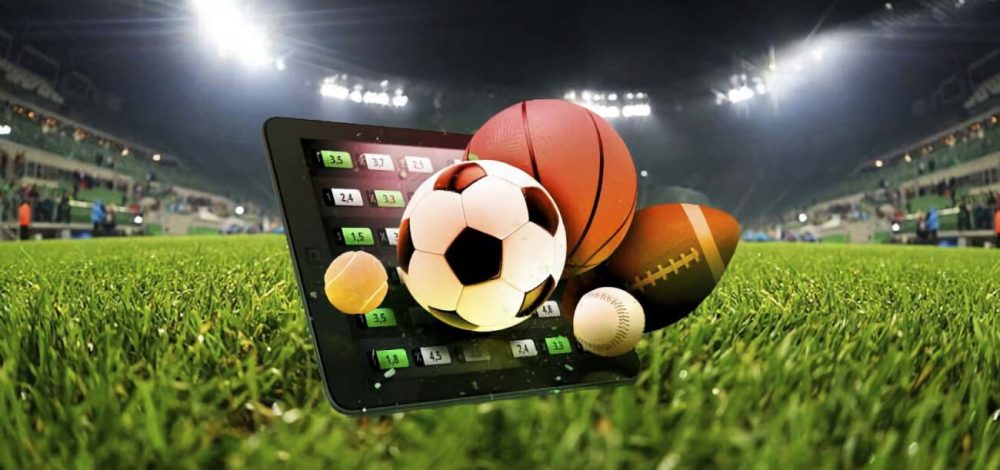
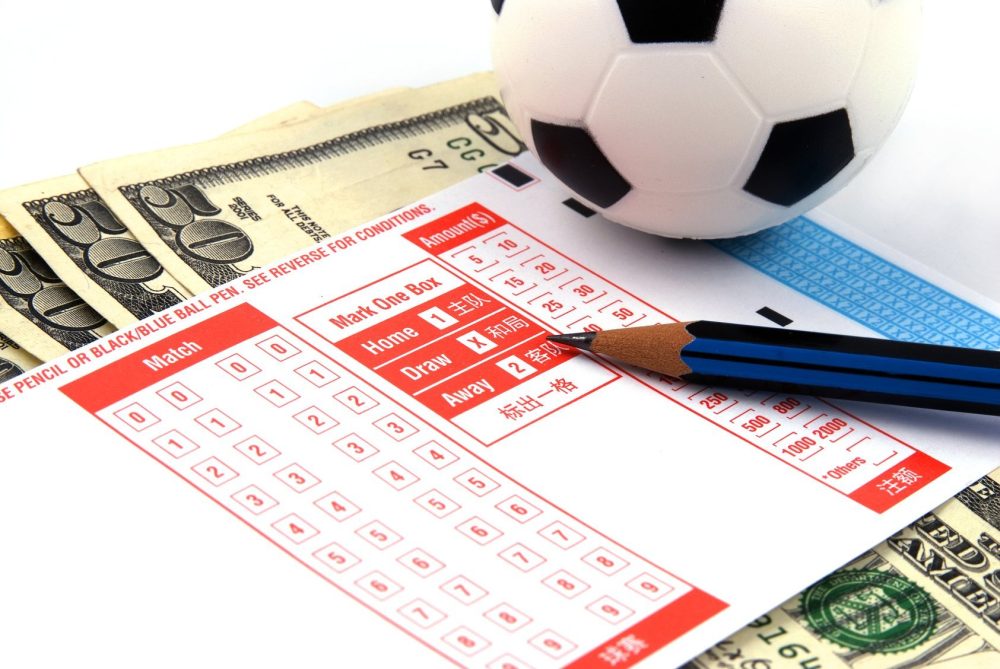
 England is an undisputed benchmark in the list of countries where sports betting is legal. One of the oldest regulatory bodies, the UK Gambling Commission, operates here.
England is an undisputed benchmark in the list of countries where sports betting is legal. One of the oldest regulatory bodies, the UK Gambling Commission, operates here.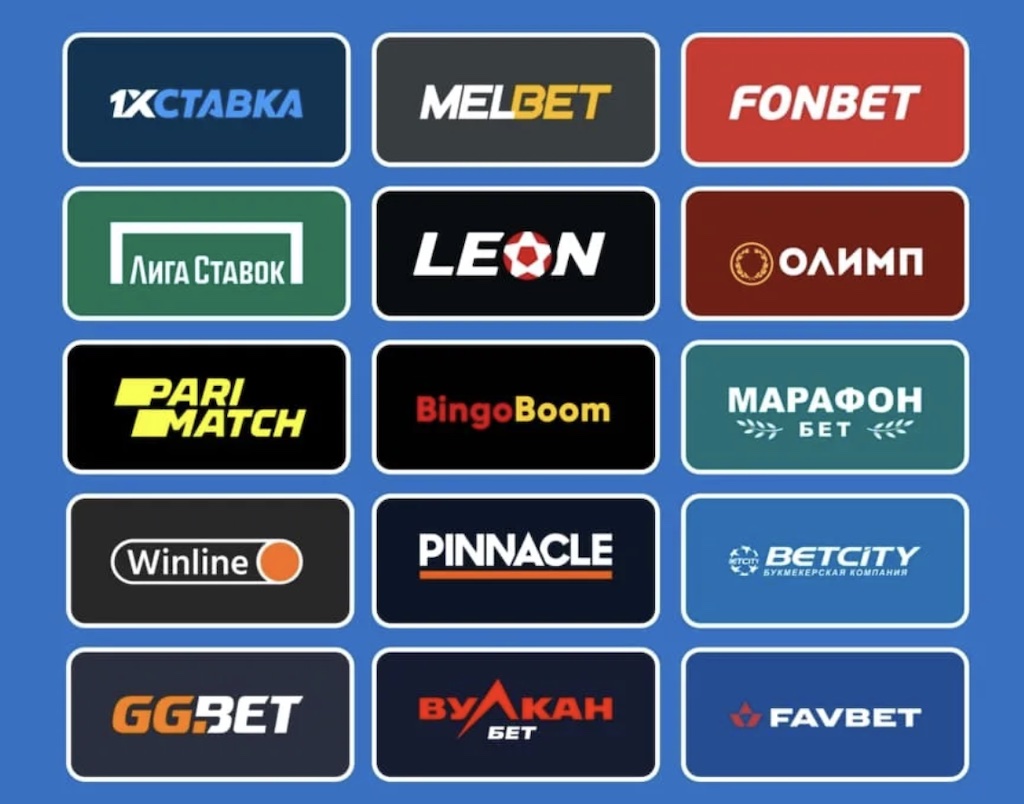 The question of which countries allow legal sports betting is no longer just a formal list of prohibitions and permissions. Each jurisdiction is building its own architecture with a focus on safety, sustainable growth, combating the shadow market, and creating trust between the platform and the customer.
The question of which countries allow legal sports betting is no longer just a formal list of prohibitions and permissions. Each jurisdiction is building its own architecture with a focus on safety, sustainable growth, combating the shadow market, and creating trust between the platform and the customer.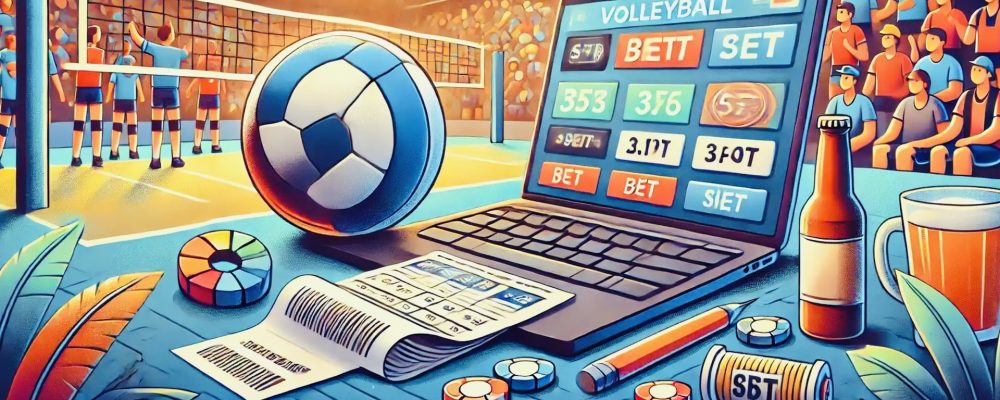
 Tipsters in sports betting publish predictions on specialized platforms, Telegram channels, Discord servers, closed communities, or on betting marketplaces (e.g., Blogabet, Tipstrr, Betadvisor). Earnings can be generated through subscription sales, a percentage of subscribers’ profits (profit share), CPA deals with bookmakers, or fixed payments for predictions.
Tipsters in sports betting publish predictions on specialized platforms, Telegram channels, Discord servers, closed communities, or on betting marketplaces (e.g., Blogabet, Tipstrr, Betadvisor). Earnings can be generated through subscription sales, a percentage of subscribers’ profits (profit share), CPA deals with bookmakers, or fixed payments for predictions.
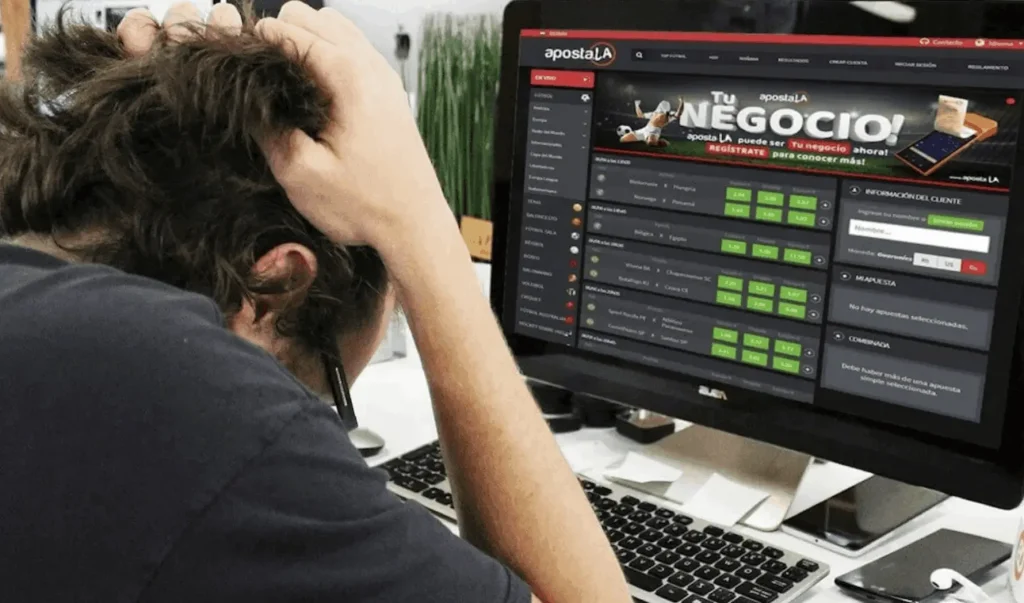 A tipster in sports betting plays the role of an intermediary between raw information and profitable decisions. They save time, reduce risks, and systematize approaches. However, the outcome always depends on the bettor’s ability to adhere to a strategy and discipline. A professional approach to selecting an analyst and following their recommendations forms the foundation for long-term profitability in an industry where not only odds matter but also composure.
A tipster in sports betting plays the role of an intermediary between raw information and profitable decisions. They save time, reduce risks, and systematize approaches. However, the outcome always depends on the bettor’s ability to adhere to a strategy and discipline. A professional approach to selecting an analyst and following their recommendations forms the foundation for long-term profitability in an industry where not only odds matter but also composure.
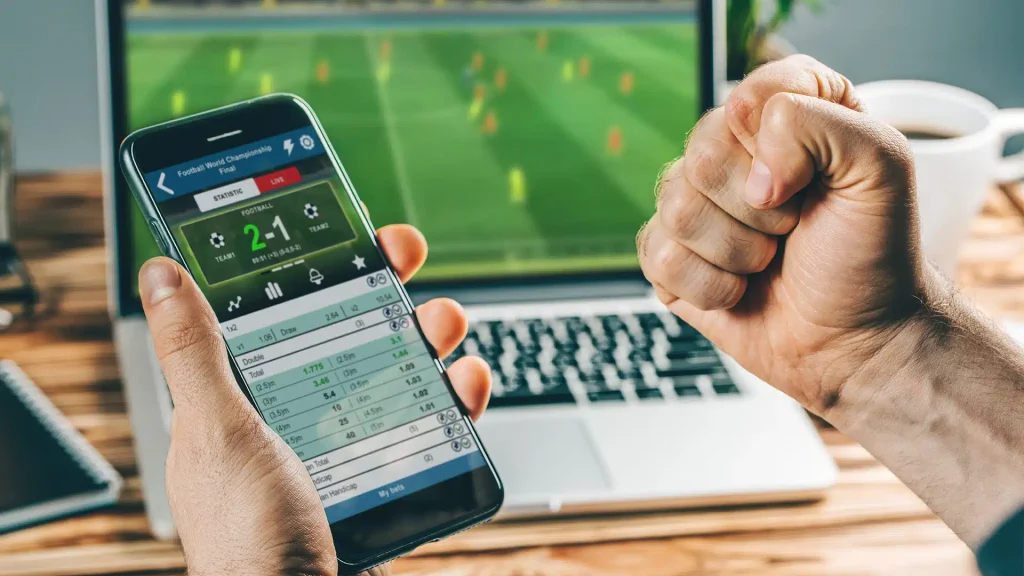 The common myth about sports betting is that every client’s win automatically becomes a loss for the company. In practice, the bookmaker earns from the margin — the embedded commission in the odds.
The common myth about sports betting is that every client’s win automatically becomes a loss for the company. In practice, the bookmaker earns from the margin — the embedded commission in the odds. Myths about sports betting continue to influence players’ behavior even in an open market with accessible analytics. Misguided beliefs hinder viewing bets as an investment activity and push towards ill-considered decisions. Every successful player bases their actions on calculation, analysis, discipline, and a clear strategy. Without these, bets turn into a random process with guaranteed losses. Understanding key myths and refuting them is the first step towards sound capital management in betting.
Myths about sports betting continue to influence players’ behavior even in an open market with accessible analytics. Misguided beliefs hinder viewing bets as an investment activity and push towards ill-considered decisions. Every successful player bases their actions on calculation, analysis, discipline, and a clear strategy. Without these, bets turn into a random process with guaranteed losses. Understanding key myths and refuting them is the first step towards sound capital management in betting.


